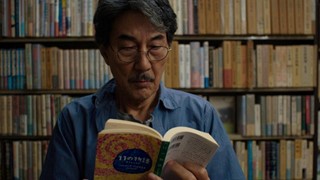From Murakami’s first novel in six years to a joint biography of writers/frenemies Joan Didion and Eve Babitz, here are ten new books to tuck into this autumn
The end of summer is always pretty cruel, even if you’re a committed knitwear lover. There’s nowhere to escape, which is presumably why publishers roll out such bounty at this time of year. In the following book selection, you can really go places: nightclubs in 1970s Tokyo, a labyrinth of caves in present-day rural France or into the once-private but always spiky correspondence between two celebrated writers who rose to prominence in 1960s Los Angeles.
Two of these books include the fraught relationship between sisters and two more focus on drug-fuelled nights with no tomorrows. A couple hinge on dialogue between prose and imagery. But each is so original in its scope that readers will find themselves transported elsewhere from the very first page.
Below, find our recommendations for the best books releasing this autumn.
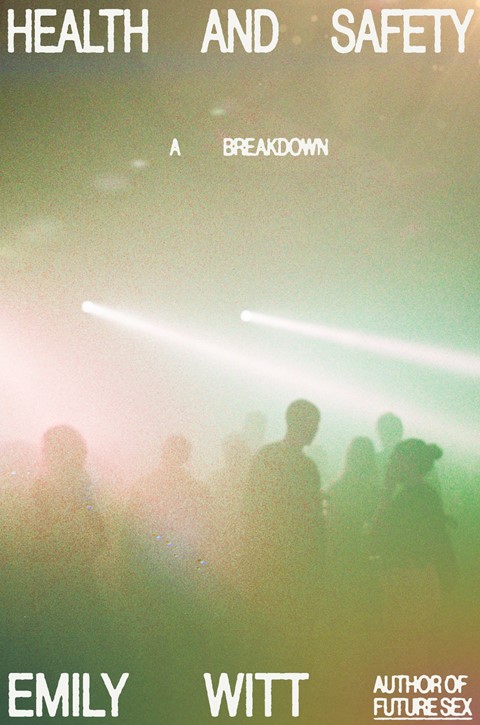
Health and Safety by Emily Witt
Out now
In the summer of 2016, The New Yorker journalist Emily Witt found herself living a double life: by day she covered the run-up election that would ultimately result in Trump as president, and by night she escaped, getting high on LSD, cocaine and MDMA at warehouse raves in Brooklyn with her new boyfriend, Andrew. In tight, lucid prose, Health and Safety documents everything Witt learned about herself, relationships, politics, love and consumerism during this time. A gratuitous ‘hot mess’ 365 party girl memoir this is not – instead, it is a profoundly intelligent narrative on how it feels to buck convention and be free.
Read our interview with Emily Witt here.

Intermezzo by Sally Rooney
Out now
Sally Rooney’s fourth novel tells the story of two brothers trying to navigate their grief following the death of their father. Handsome barrister Peter is in love with two very different women: his responsible, accomplished ex Sylvia, an academic, and the irreverent, kittenish and skint student (and sometime sex worker) Naomi.
Meanwhile, his socially awkward brother Ivan is a chess champion – he can play ten games at once and win them all – who embarks on a relationship with Margaret, an older woman with a complicated, painful past.
Critics are generally desperate to find fault with Rooney at this point – how dare she be so successful? – so they pick at her prose. However, it must be said that her trademark simplicity and pared-back style seem to have reached new peaks in Intermezzo. There are sentences so short and which seem so careless (using “etc” to finish a thought for example) that they belong in a notes app. While it is jarring at times, her employment of this sort of shorthand must be respected for its “because I can” self-possession (although I’m guessing someone might argue that it’s Joycean). But all of this aside, when it comes to writing about desire, insecurity and heartbreak with incisive frankness, there are few who can do it better.
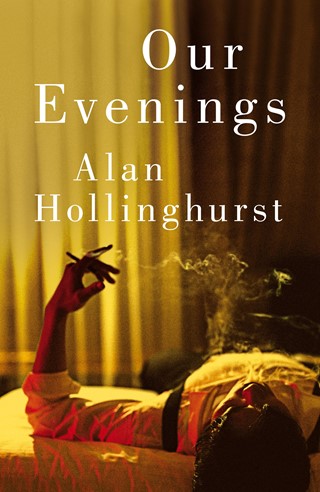
Our Evenings by Alan Hollinghurst
Out now
Our Evenings sees the story of one man’s life unfold across six decades starting with the pains of British public school as a scholarship boy and finishing as the world is in the grip of a deadly pandemic. It explores race, sexuality – Hollinghurst’s novels often focus on the interior worlds of young gay men who are finding their feet in sometimes hostile or lofty settings – and class, with protagonist Dave Win, an actor, navigating all of it with heart-breaking tenderness.
Although Hollinghurst told AnOther that he didn’t intend to write a “state of the nation novel” – he did – it’s so beautifully written that even those with PTSD from the Brexit/Covid intersection will be seduced.
Read our interview with Alan Hollinghurst here.
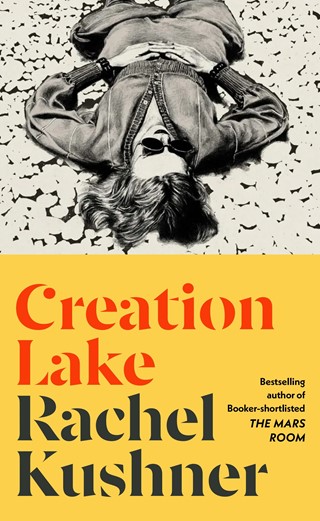
HCreation Lake by Rachel Kushner
Out now
Rachel Kushner’s latest novel is set in rural France where American spy, Sadie Smith – blessed with both good looks and sociopathic manipulation skills – has been tasked with infiltrating and destroying a leftist commune headed by Bruno, who lives in self-imposed exile in a network of caves where he indulges his preoccupation with Neanderthals. But Smith’s mission isn’t as cut-and-dried as she might have imagined. From the acclaimed author behind The Mars Room and The Flamethrowers, Creation Lake is both thrilling and clever; it comes as no surprise to see it shortlisted for the Booker Prize.
Read our interview with Rachel Kushner here.
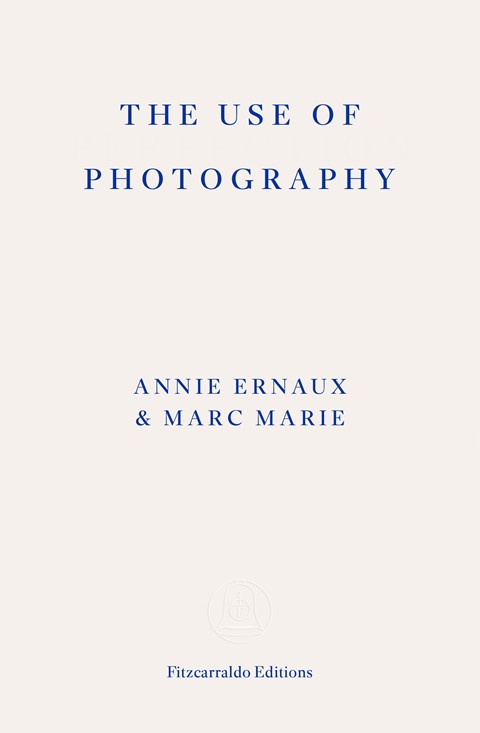
The Use of Photography Annie Ernaux and Marc Marie
Out now
Told from the perspective of both players in one shattering love story, The Use of Photography is a frank and totally original exploration of sexuality, connection and grief. The authors – Annie Ernaux a Nobel Prize-winning writer, Marc Marie a photographer – began a relationship while Ernaux was battling breast cancer. She began to take photographs of the spaces their affair occupied: discarded clothes and half-eaten meals from the night before, only to find out that Marie had the same compulsion. These images of disarray are analysed throughout, as both authors revisit the intensity of this shared time.
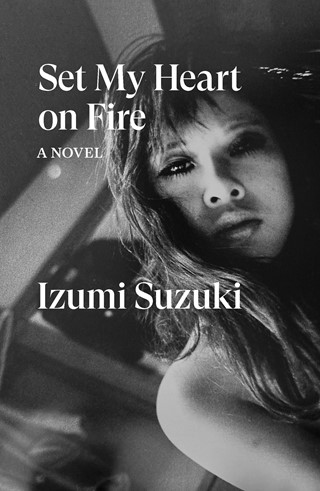
Set My Heart on Fire by Izumi Suzuki
Published November 12
A novel of vignettes, Set My Heart On Fire is detailed snapshots from one young woman’s perspective of Tokyo’s music scene in the 1970s. Her life is lived at night where she dabbles in men and drugs with varying degrees of euphoria and regret, soundtracked by The Rolling Stones. This is the only novel of Suzuki’s to be translated into English and the language is as vivid and visceral as the rock and roll culture it describes.
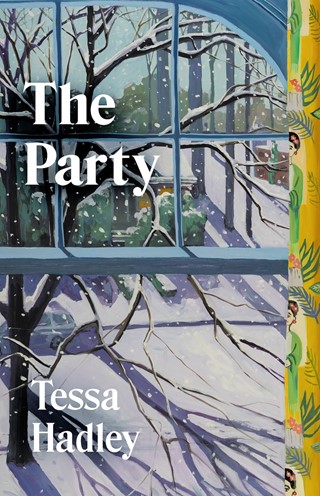
The Party by Tessa Hadley
Published October 31
A coming-of-age novella set in post-war Bristol, The Party documents a brief but deeply significant interlude in the lives of two young sisters, students Moira and Evelyn, during which they leave their adolescence behind for good.
It starts at a party in a pub on the docks – there’s a live band, cider, and relief from the winter outside – where the sisters meet two well-heeled men, Sinden and Paul, who couldn’t be more at odds with the bohemian surroundings. Just a few days later, Moira and Evelyn find themselves invited to Paul’s family home: a sprawling suburban confection. Here, among a cast of new, strange and not altogether pleasant characters (with names like Doll and Podge), the girls find themselves leaping headfirst into adulthood.
Character-driven and teeming with themes of envy, failure, class and sexual politics, The Party is Hadley at her best; from her persistently keen eye for detail to the novel’s subtle undercurrent of disquiet.
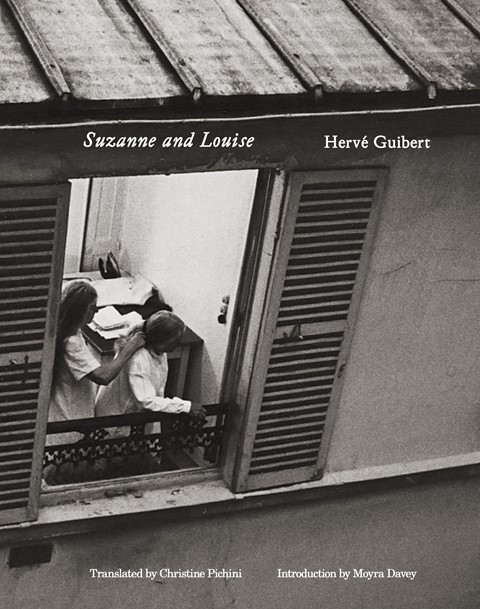
Suzanne and Louise by Hervé Guibert
Published November 19
A ‘photo novel’ originally published in 1980, Suzanne and Louise tells the extraordinary tale of two reclusive sisters – one a former nun – who live holed up and co-dependent in a once-grand detached Parisian townhouse. The elderly women are visited weekly by the book’s author, who is also their great nephew. Although they ignore him, they are delighted and flattered by his attention. Guibert reveals a bleakly fascinating dynamic – particularly on the part of Suzanne, who say she’s “never cried, never known how to smile, that she’s never danced” – as well as posing questions about beauty, decay and power.
This new edition from Jordan Weitzman’s cult publishing imprint, Magic Hour Press – which published Linda Rosenkrantz’s charming pocket book Peter Hujar’s Day – features a new introduction from Moyra Davey, who writes that Guibert’s writing would “never conform to novelistic conventions, but rather performs in granular, snapshot-like flashes of narrative truth.” Maggie Nelson simply calls it “an extraordinary book of critical importance”.
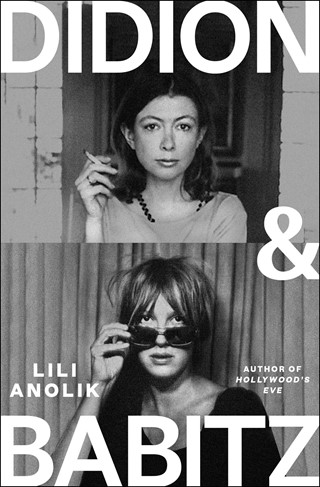
Didion and Babitz by Lili Anolik
Published November 14
In what is essentially a joint biography of writers Joan Didion and Eve Babitz, journalist Lili Anolik unpacks the bitter rivalry that shot through their fraught friendship. Using journals, letters and other documents found in Babitz’s squalid apartment after her death in 2021, Anolik was able to travel to the late 1960s and the Los Angeles’ literary scene that both women were to be central to. Didion was taken seriously as a writer, not a woman writer, by her peers, and Babitz, sensual, promiscuous and a self-proclaimed groupie, was prone to spelling mistakes. The pair clashed repeatedly. Their relationship, on the surface at least, seems to consist of bitchy pot-shots in letters and highfalutin insults within published work, but Anolik digs deeper into the complexities of this friendship, all the while questioning if Didion and Babitz were more similar than either could even contemplate.
Read our introduction to Eve Babitz here, and our guide on how to live more like Joan Didion here.
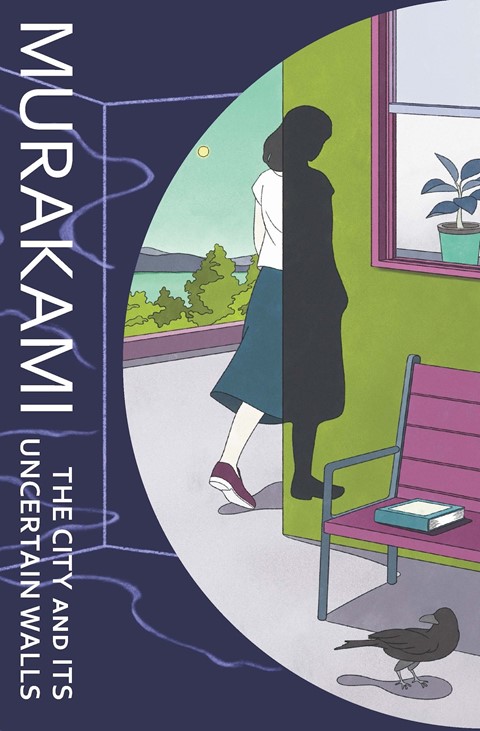
The City and Its Uncertain Walls by Haruki Murakami
Published November 19
Murakami’s first novel in six years presents a push and pull between fantasy and reality; he writes of two worlds with the flimsiest of borders between them. His protagonist is searching for his girlfriend who went missing when they were teenagers; he later finds her working in a dream library in a mysterious, uncanny city, but she doesn’t remember him.
In the real world, he takes a job as a librarian in an attempt to connect with the space his former girlfriend now inhabits. But when a young boy who frequently visits the library vanishes, questions must be answered about boundaries and the power of imagination.
